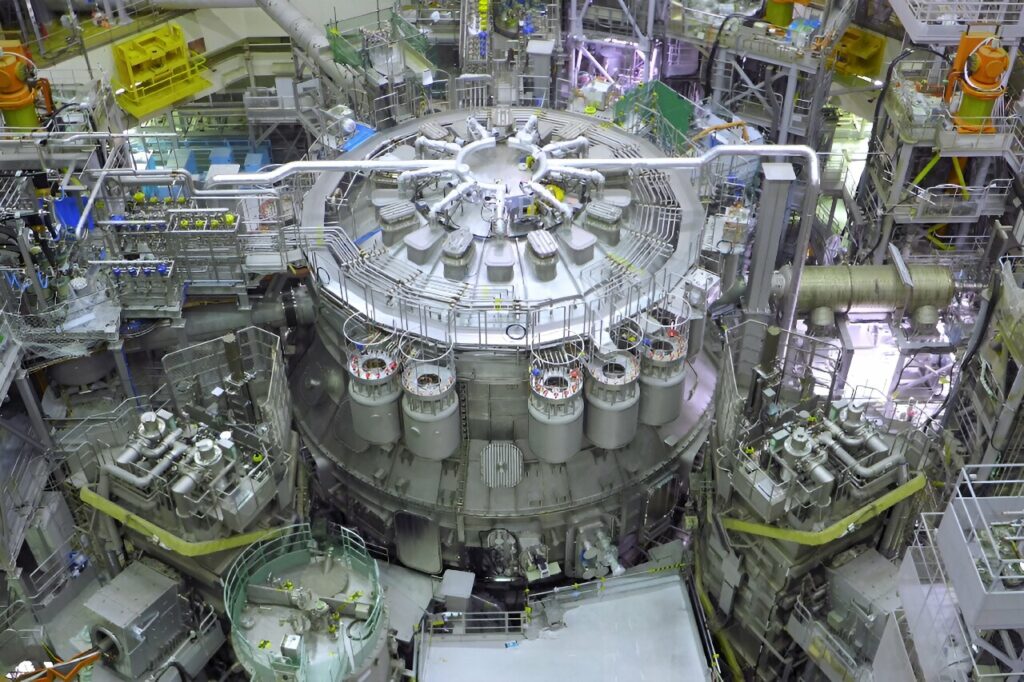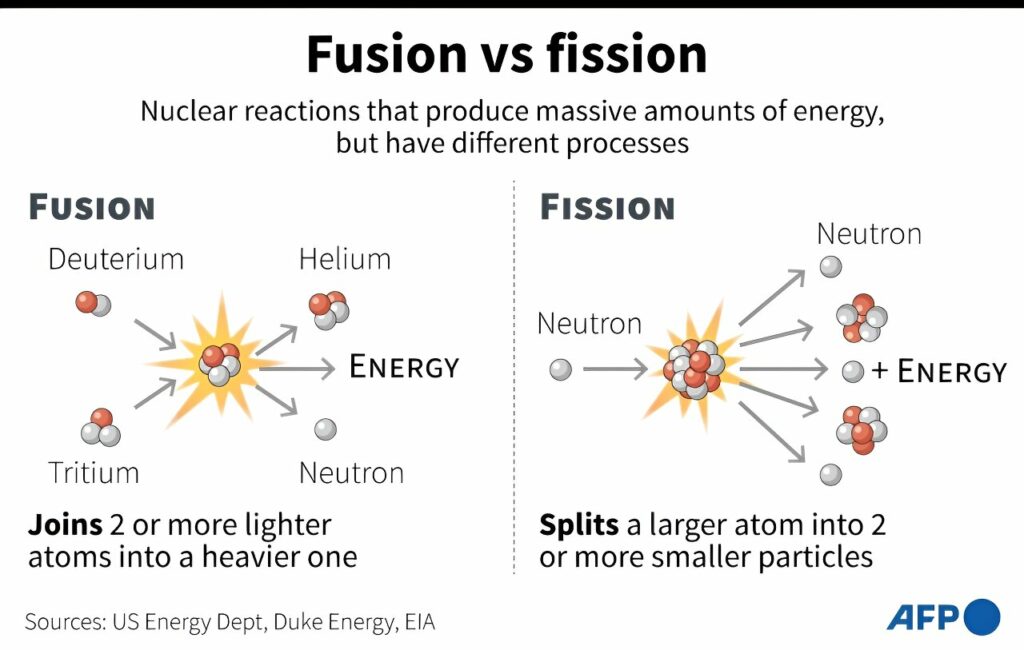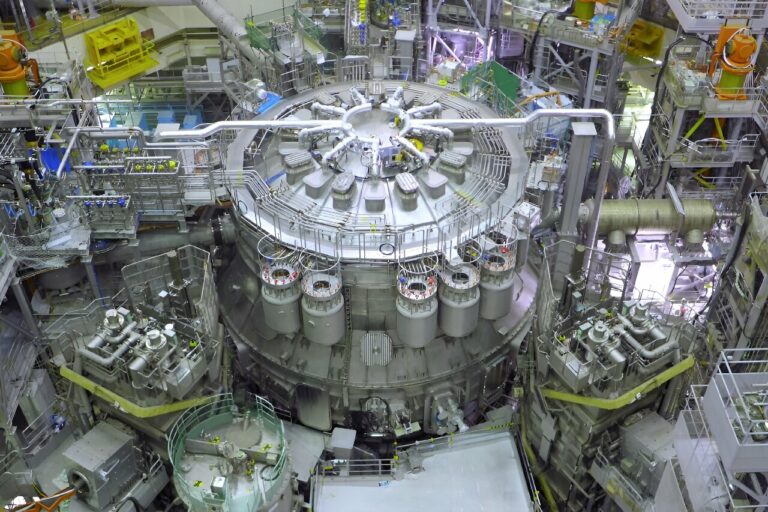Inauguration of Japanese Experimental Nuclear Fusion Reactor
Japan Inaugurates World’s Largest Operational Experimental Nuclear Fusion Reactor On Friday, Japan officially inaugurated the world’s largest experimental nuclear fusion reactor, a technology still in its early stages but considered by some as a potential solution to humanity’s future energy requirements. Distinguishing itself from fission, the current nuclear power plant technique, fusion involves the merging of two atomic nuclei rather than the splitting of one.
The JT-60SA reactor’s objective is to explore the viability of fusion as a secure, scalable, and carbon-neutral source of net energy, generating more energy than is invested in its production. Housed in a hangar in Naka, just north of Tokyo, the six-story-high machine features a donut-shaped “tokamak” vessel designed to contain swirling plasma heated to an astonishing 200 million degrees Celsius (360 million degrees Fahrenheit).
This collaborative endeavor between the European Union and Japan serves as a precursor to the larger International Thermonuclear Experimental Reactor (ITER) under construction in France. Both projects share the ultimate goal of inducing the fusion of hydrogen nuclei, resulting in the formation of a heavier element, helium. This process releases energy in the form of light and heat, mirroring the mechanism occurring inside the sun.

Japan unveiled the world’s largest operational experimental nuclear fusion reactor on Friday—a technology still in its early stages but regarded by some as a potential solution to meet humanity’s future energy requirements.
Deputy project leader for the JT-60SA, Sam Davis, expressed that the device would “take us a step closer to achieving fusion energy.” During the inauguration on Friday, Davis highlighted the collaborative effort involving over 500 scientists and engineers, as well as more than 70 companies from Europe and Japan. EU Energy Commissioner Kadri Simson hailed the JT-60SA as “the most advanced tokamak globally,” emphasizing that the commencement of operations represents a significant milestone in the history of fusion.

“Fusion holds the potential to emerge as a crucial component in the energy mix during the latter half of this century,” added Simson. The achievement of a “net energy gain” was accomplished last December at the National Ignition Facility, housed at the Lawrence Livermore National Laboratory in the United States, boasting the world’s largest laser.
This U.S. facility employs a distinct method from ITER and the JT-60SA, known as inertial confinement fusion. In this approach, high-energy lasers are simultaneously directed into a minuscule cylinder containing hydrogen. The U.S. government heralded this outcome as a “landmark achievement” in the pursuit of an unlimited, clean power source, aiming to reduce reliance on carbon-emitting fossil fuels that contribute to climate change and geopolitical instability.
Unlike fission, fusion carries no risk of catastrophic nuclear accidents, such as the one witnessed in Fukushima, Japan, in 2011. Additionally, fusion generates considerably less radioactive waste compared to current power plants, as advocated by its supporters.
This article is republished from PhysORG under a Creative Commons license. Read the original article.
Do not forget to share your opinion with us to provide you with the best posts !




0 Comments